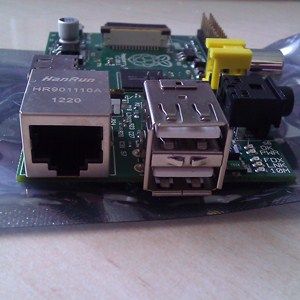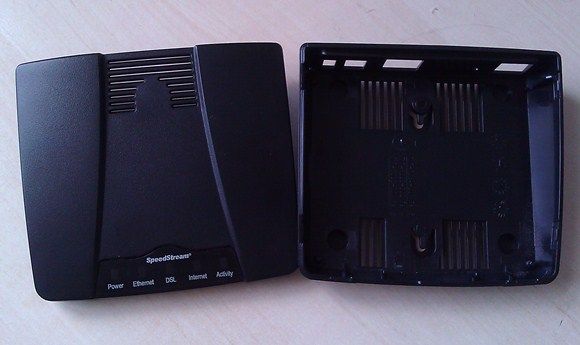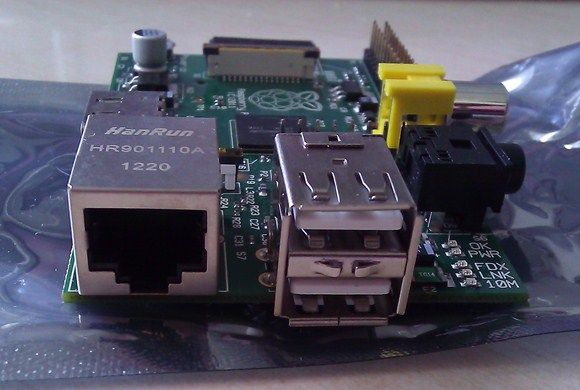As the owner of a Raspberry Pi, I’ve spent a bit of time looking for a suitable case for my versatile miniature computer. For a time I settled on the popular “punnet” design that other RaspPi users can download, print out and construct from card, but this wasn’t the most ideal solution.
While useful, the punnet case wasn’t quite what I was looking for. Instead, I hit the web, determined to find out what other owners had been doing. It came as quite a surprise to find that the number of options had snowballed – Raspberry Pi owners are certainly a creative bunch!
From discarded card boxes to old hardware repurposed to make way for the small 3 x 2 inch device, constructing homes for these computers seems to have become as popular a pastime as actually using them!
The Cigarette Packet
Unless you’re prepared to pay through the nose for one of these, you should be a smoker already if you plan to use an empty cigarette box to house your Raspberry Pi!
Various cuts and slots will be needed in order for you to access the USB ports, Ethernet connector, HDMI, micro-USB power connector and to accommodate the SD card – but this is true of every solution on this page.
This solution has proved popular, and the original even sold on eBay (a good source of Raspberry Pi cases if you prefer the manufactured look).
A Matchbox
Inspired by the previous suggestion, why not adapt a large matchbox (often described as “cook’s matches”) as a home for the Raspberry Pi?
Once again you’ll find the dimensions are spacious and the interior separator card can be used to secure the motherboard in place. Like the cigarette packet solution, a matchbox is light and portable and requires just scissors and/or a knife to successfully cut the required slots and holes for the Raspberry Pi to run.
Thanks to the sturdier construction, the matchbox is arguably a better solution than a cigarette packet, and much cheaper (although possibly not as visually striking).
Papier Mache
The practice of using glue, water and paper to create a moulded or crafted shape which when dry hardens, papier mache was in high demand in the 19th and early 20th century as a crafting material. As it is inexpensive and easy to use it makes a great solution for anyone wishing to add a degree of creativity to their home-built Raspberry Pi case, and can be used either to decorate or for building a case from scratch.
Designs resembling books, treasure chests and much more can be created, and all you need to do is to ensure that the ports are accessible and the case is well-ventilated and dry.
Full details on this solution and some alternate designs can be found at PenguinTutor.com.
Discarded Hardware
The way we get through computers and hardware these days, it should come as no surprise for you to learn that there are many ways in which you can use old equipment to house your Raspberry Pi.
From keyboards to games consoles – even game cartridges – the Raspberry Pi feels at home in any old gear you can get your hands on!
The accompanying image of an ADSL modem/router is a case in point. Using just a Dremel-style tool (or for the old school approach, a drill and file) the case can be customized to create a new home for the RaspPi with just a few minutes work.
Use a VHS-C Cassette Box!
Those of you who own old video cameras may well have a few empty cassette cases lying around. One type that is particularly suitable is the VHS-C case; the closeness in size between this and the Raspberry Pi is astonishing! One might even wonder if the computer was designed to these dimensions intentionally for storing the device in such a case…
Again, some work with a powered multi-tool device will be required but you should be able to convert an empty cassette case into a Raspberry Pi case in a matter of minutes with comprehensive planning and preparation.
Principles Of a Raspberry Pi Case
While these suggestions are all ones that you can try yourself, there’s no reason why you shouldn’t look into constructing your own Raspberry Pi case. There are countless ways in which you might do this, although there is poetry in repurposing old hardware and components to create a home for the small computer.
The only things you really need to worry about is keeping the motherboard cool and away from water. Other than this – and avoiding poking bits of metal at the various contacts on the board to stay safe – anything you can find can be used to build a case. Lego is a popular solution, as are other easy-to-use brick building systems.
You might use any of the following, however:
- A disused mouse
- A book
- An old digital camera
The only limits are in your imagination! Our previous look at Raspberry Pi cases explains the full dimensions of the device and what you need to take account of when building your own case.
If you’re prepared to spend a bit of cash on building a great Raspberry Pi homemade case, don’t forget to consider your local hardware store where various components can be purchased to help you construct a unique-yet-professional case.
Conclusion
Raspberry Pi owners love to place their impressive-yet modest investments in visually interesting cases, so what better than to squeeze the motherboard it into a discarded cigarette packet or matchbox, make use of an old computer keyboard or purchase components from a hardware store to build a completely unique piece of kit?
The Raspberry Pi can be squeezed into any container as long as it is well ventilated and non-conductive, enabling owners to proudly present their mini PCs in a variety of off-the-wall cases and containers!
Cigarette box credit: J. Helgason / Shutterstock.com




